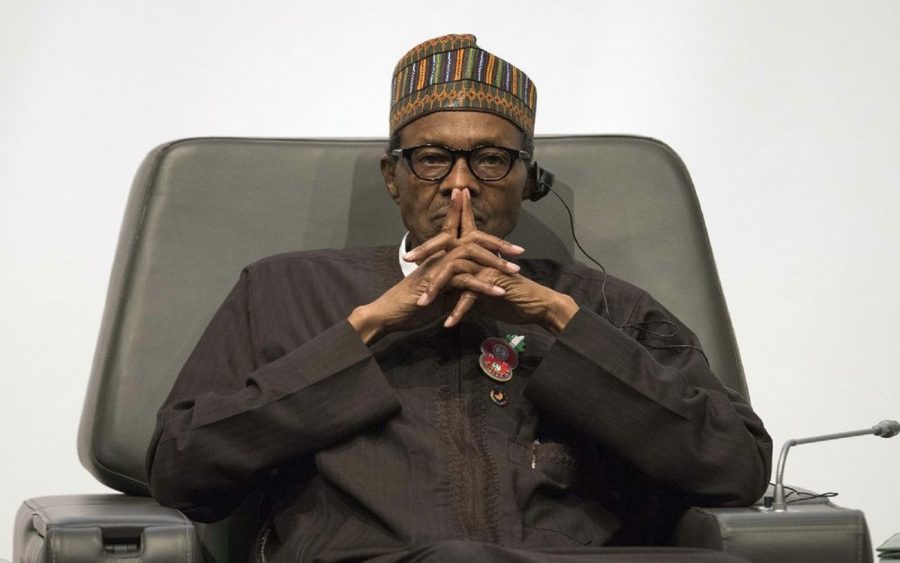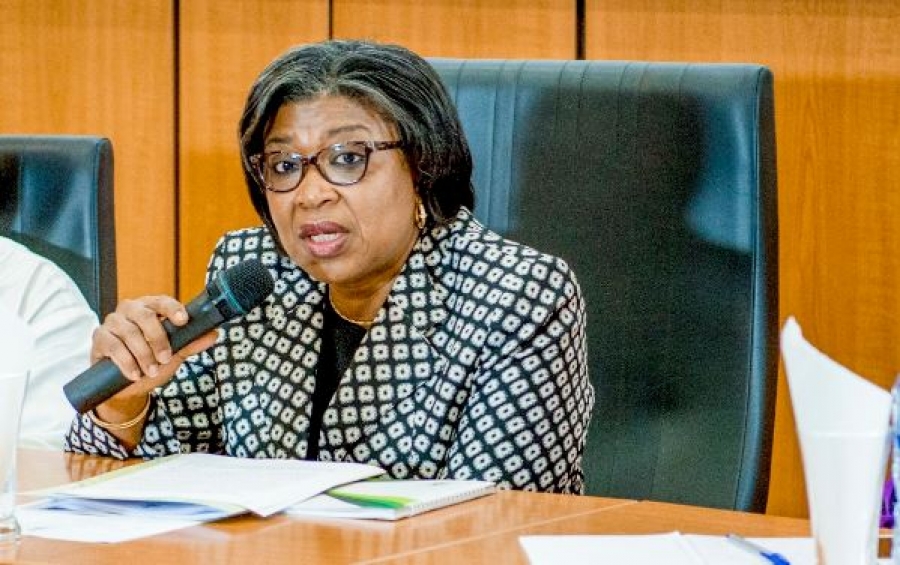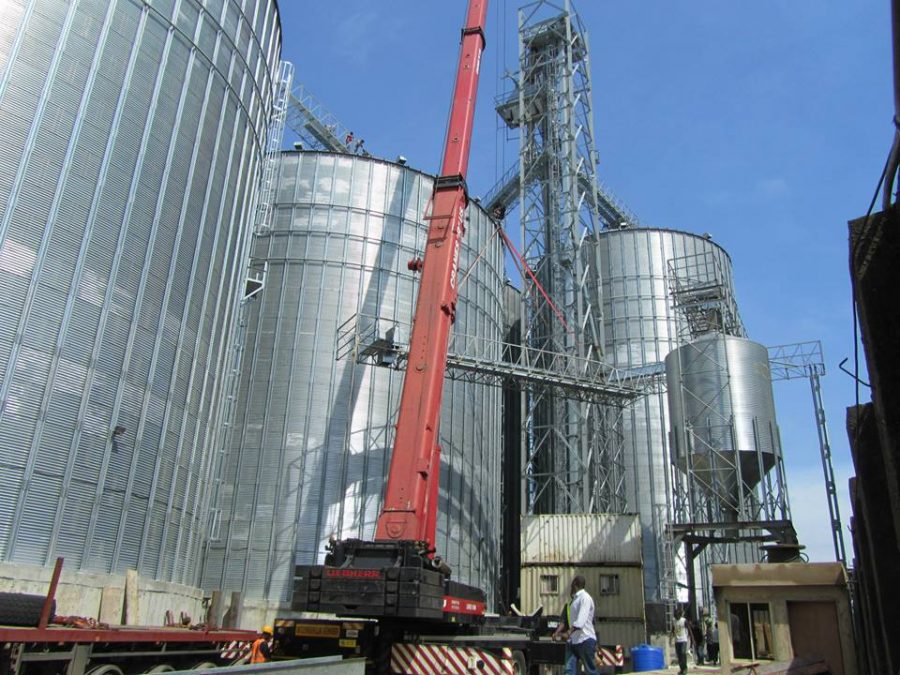As mutual fund asset value in Nigeria keeps trending towards the trillion-naira mark, data from the Securities and Exchange Commission has revealed that the total asset under management of Nigerian mutual funds stood at N783.8 billion as at June 14, 2019. When analyzed by Quantitative Financial Analytics, it was discerned that the continuous increase in mutual fund investment value comes mostly from additional investor contributions.
The analysis also indicates that investors have poured about N195.1 billion into mutual funds since the beginning of the year, while about N57 billion has been withdrawn within the same period.
It is all about Money market funds
Investors keep loving their money market funds as much of the inflows went there, thereby increasing the percentage of money market fund asset in relation to the overall mutual fund asset value. 71% of mutual fund assets in Nigeria (representing N564 billion out of the N783 billion) was invested in money market funds. Only 3.3% of mutual fund assets were invested in equity exposed funds. This underscores the conservative disposition of investors in Nigeria.
[READ FURTHER: A guide to how Mutual Funds work in Nigeria]
In spite of Nigerians’ aversion to risk as indicated by their “over” allocation to money market funds, it is very encouraging to note that since 1991 when the first mutual fund was launched in Nigeria, mutual fund investment has remained virtually in the ascendency.
Mutual Fund to GDP ratio Remains Low
Meanwhile, even though the growth in fund asset is commendable, Nigeria still ranks low in mutual fund to GDP ratio when compared to other African countries and globally. While the latest SEC released Summary of Mutual Fund Net Asset Value (NAV) puts total fund asset at N783 billion, Nigeria’s GDP stood at about N161 trillion as at first quarter of 2019, according to the National Bureau of Statistics. That translates to about $447 billion, at the rate of N360 to the Dollar. Those numbers translate to a 0.49% mutual fund asset to GDP ratio.
Information gathered from the World Bank shows that Nigeria has one of the lowest mutual fund to GDP (MF_GDP) ratio in Africa and even globally. According to the World Bank data, between 2011 and 2014, MF-GDP ratio in Nigeria remained constant at 0.12%, but in 2014, it increased to .14% with a further increase to 0.19% and .21% in 2015 and 2016 respectively. Nigeria is the largest economy in Africa. The second largest economy (South Africa) had an MF-GDP ratio of 63.43% in 2016 according to the World Bank. Morocco had 26.42% MF-GDP ratio in 2009, while Mauritius and Egypt had 4.44% (2015) and 4.64% (2009) respectively. More so, India, which considers itself to be in the lower echelon of MF-GDP ratio had 8.85% in 2016 while Malaysia, a developing country like Nigeria had an MF-GDP ratio of 29.14% in 2016.
[ALSO READ: Mutual Fund Prospectus explained – Part 2]

Great Opportunities
As sad as the above numbers may seem, the implication is that the situation presents significant untapped potential growth for operators in the Nigerian mutual fund industry. There are currently about 90 mutual funds in Nigeria compared to 2,100 in India. There is, therefore, a yawning gap and crying need to deepen mutual funds investment in the country, just like PenCom is making concerted efforts to deepen pension fund coverage.
As a matter of fact, mutual fund operators and regulators should borrow a leaf from PenCom. The situation looks even worse when considering the fact that out of the 90 mutual funds in Nigeria, Stanbic IBTC Money Market Fund and FBN Money Market Fund together command about 62% of the total assets. About 72% of mutual fund assets are in money market funds that require little or no active management. It is time for Nigerian mutual fund managers to get out of the couch and get creative by launching more funds and reaching more investors.
[READ FURTHER: Understanding Mutual Fund Fees: Management Fee]
Technology to the Rescue
There is no doubt that technology has been of immense help in actualising the extent of financial inclusion that presently exists in Nigeria. That same technology should be harnessed and utilised towards the furtherance of knowledge as well as the creation of interest in mutual funds.
Lack of Transparency is the bane of mutual funds
The damage that the lack of transparency in mutual funds is doing to the industry cannot be overemphasized. For instance, Nigerian mutual funds are very opaque. Daily prices are hard to come by, factsheets are nowhere to be found, fund performance information is missing in action, investors are not sure of what their funds are holding or investing in, neither are the investors sure of the expense ratio of their funds.
In addition to that, the lack of financial products for the mutual funds to invest has resulted in the lack of diversification, which is the hallmark of mutual fund investments. Different mutual funds in Nigeria are so correlated with each other, such that investing in multiple mutual funds to achieve the desired level of diversification leads to increased concentration risk.
High correlation and over concentration has the effect of magnifying losses whenever they occur, which in turn may dissuade investors from investing in mutual funds. Fund managers should begin to look outside Nigeria into foreign investments to broaden their financial product choices and achieve international diversification.
Investor Education Is Necessary
Many people in Nigeria still do not understand how mutual funds work and how they can be used for financial and investment planning. Fund managers and the Government should find a way to educate Nigerians on this financial product with a view to increasing participation.
READ THIS: These two mutual funds will pay dividends to its investors























